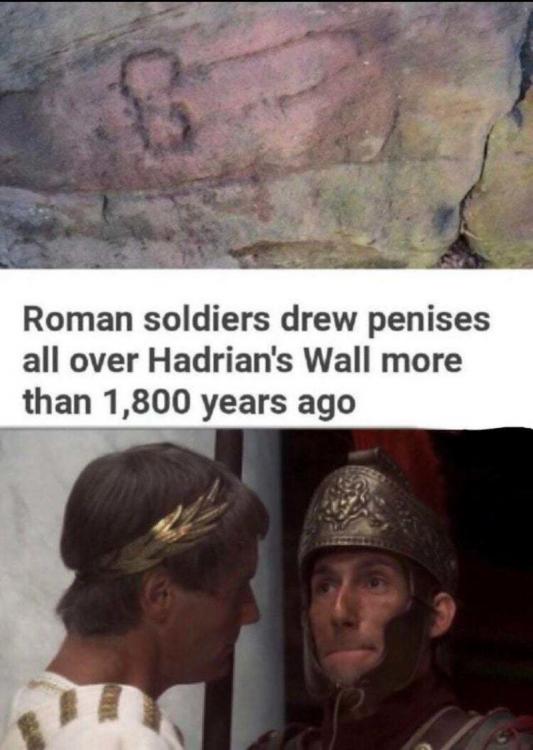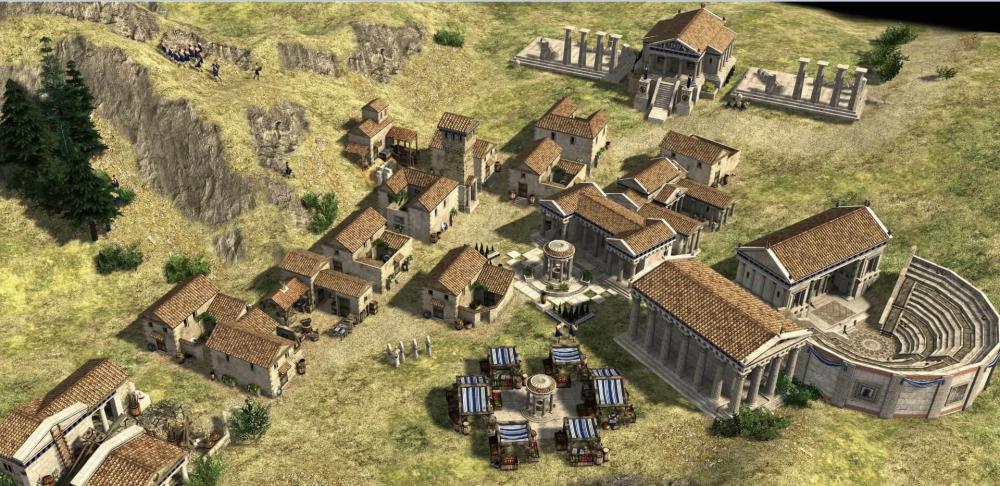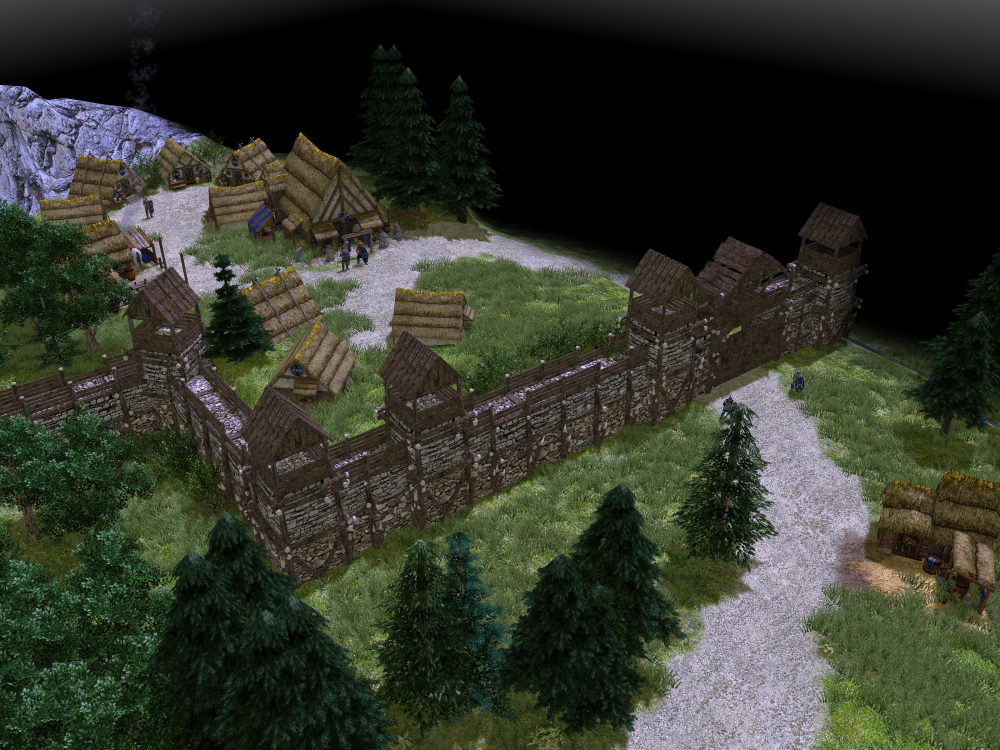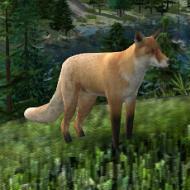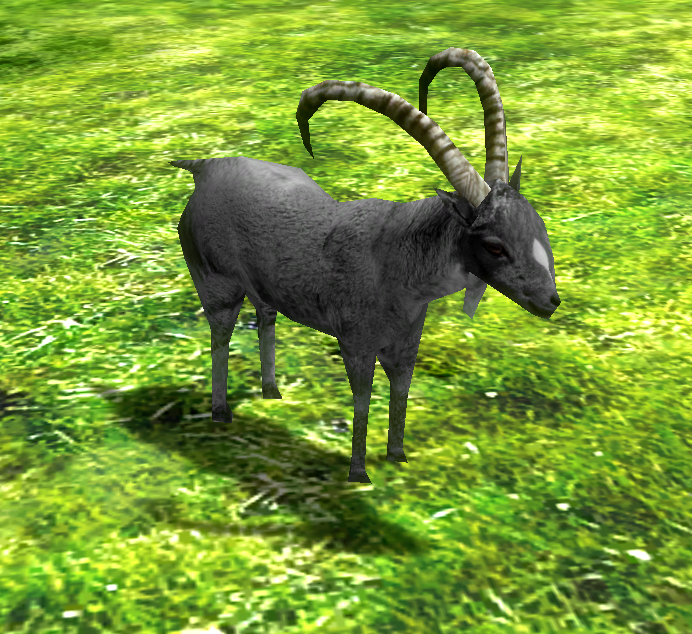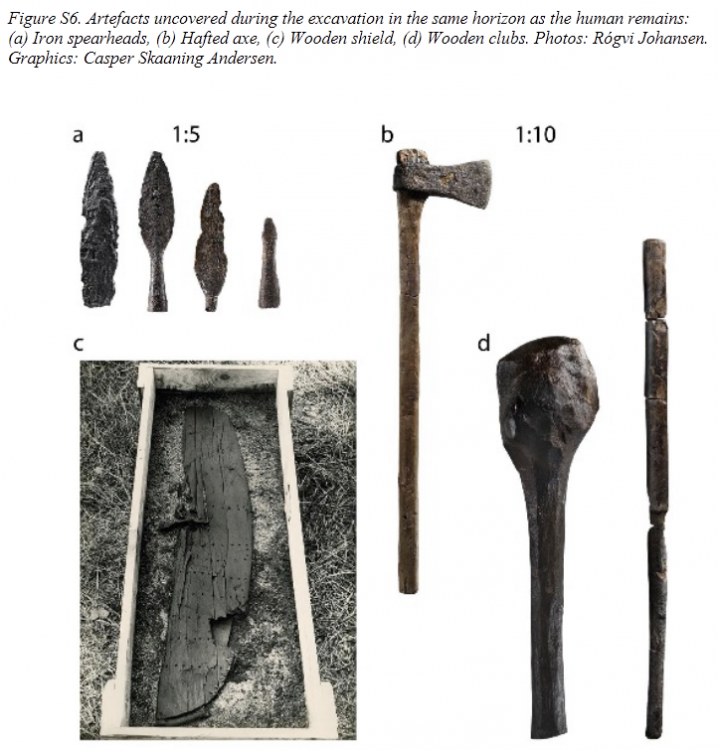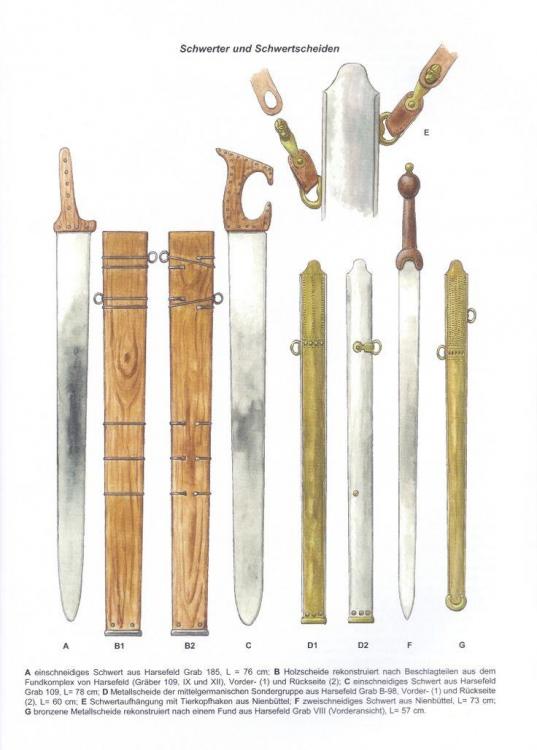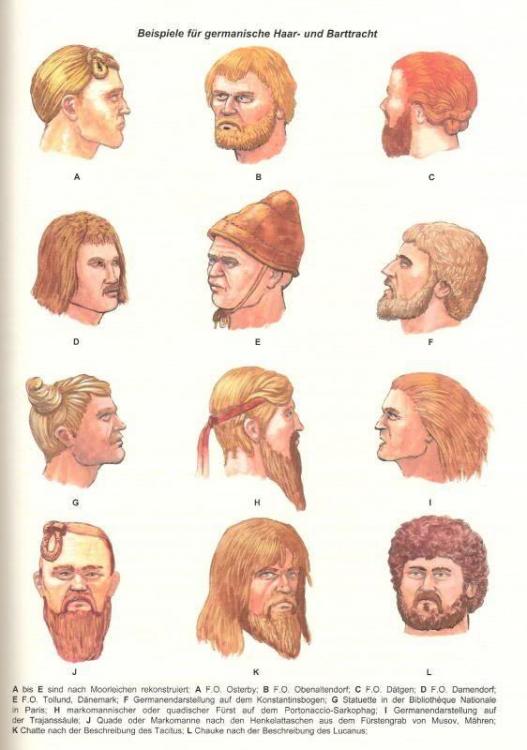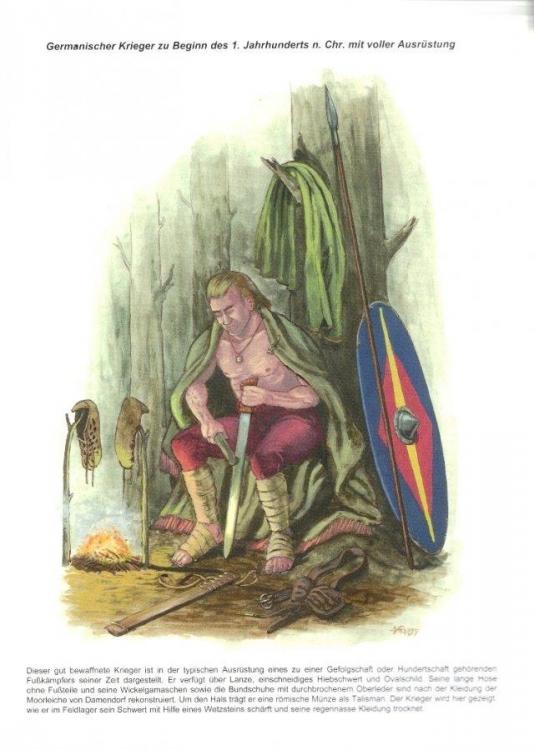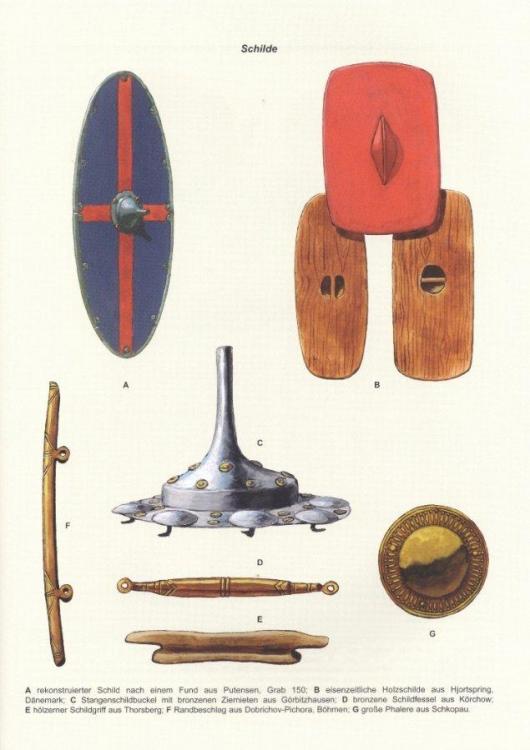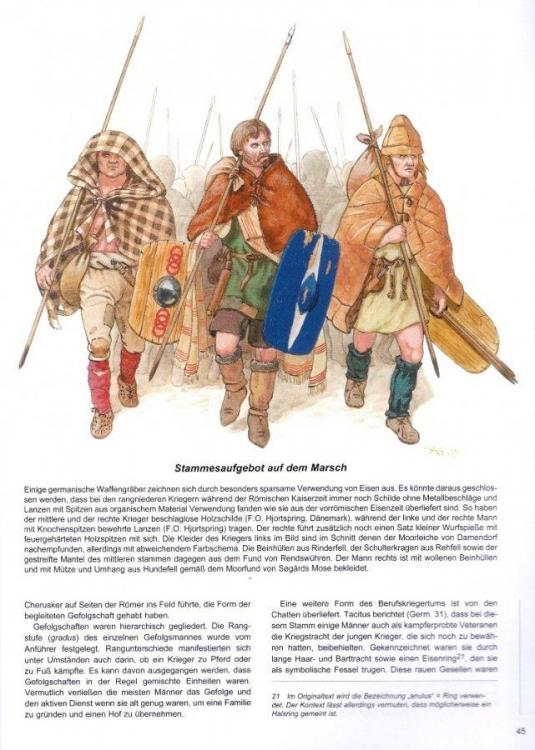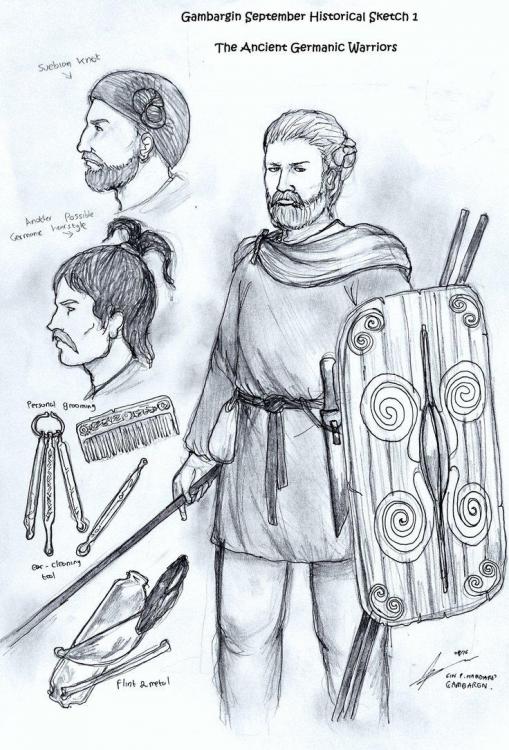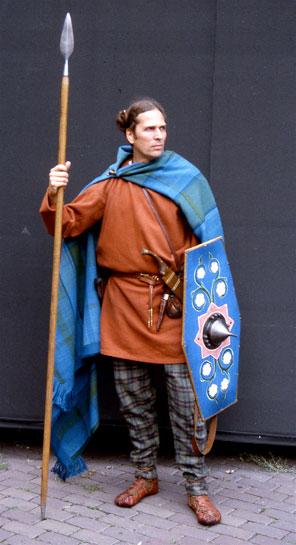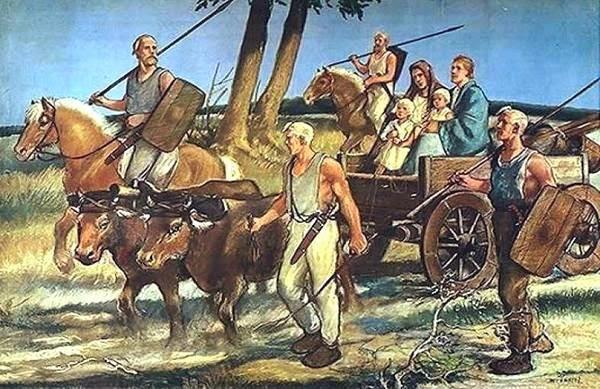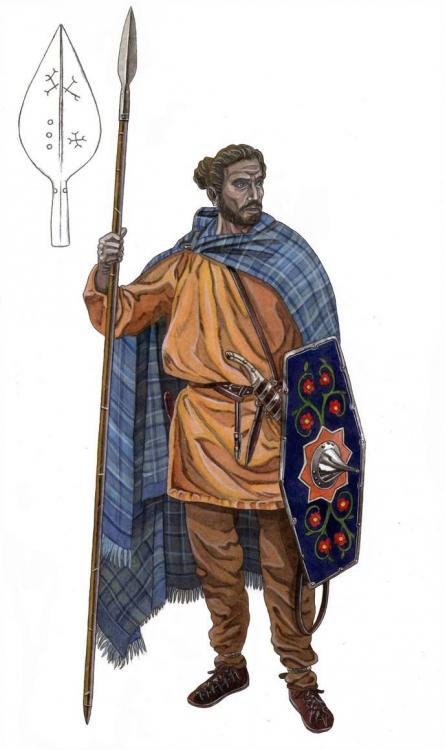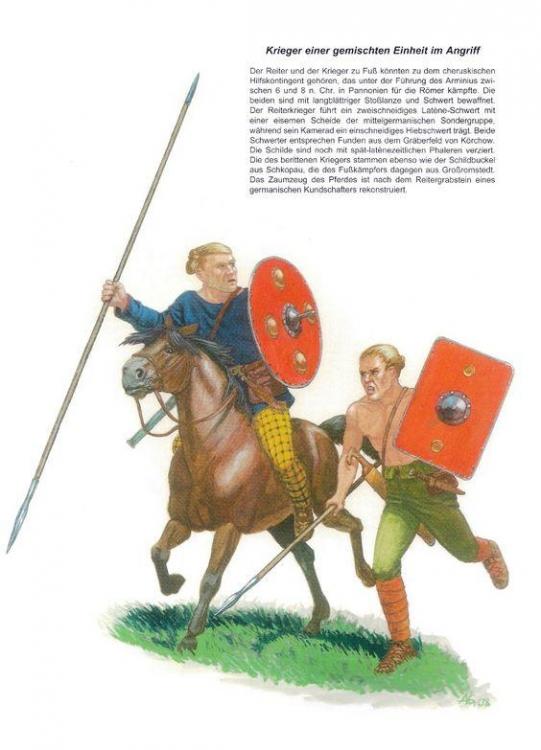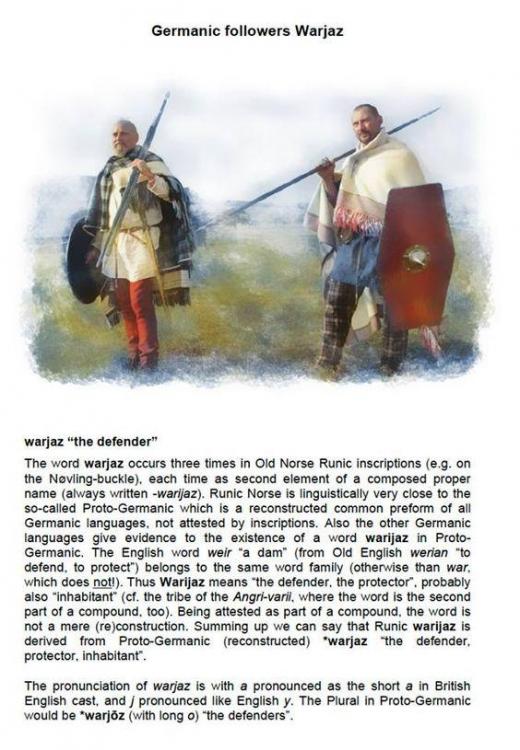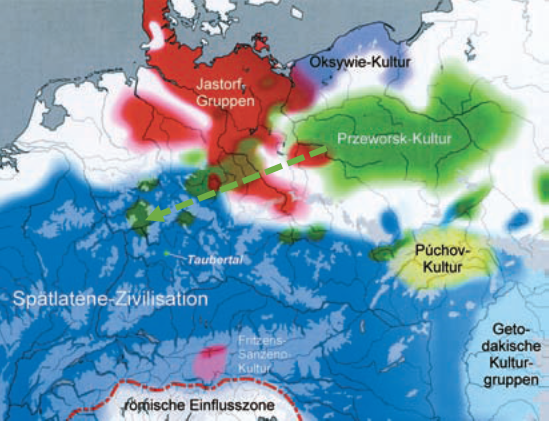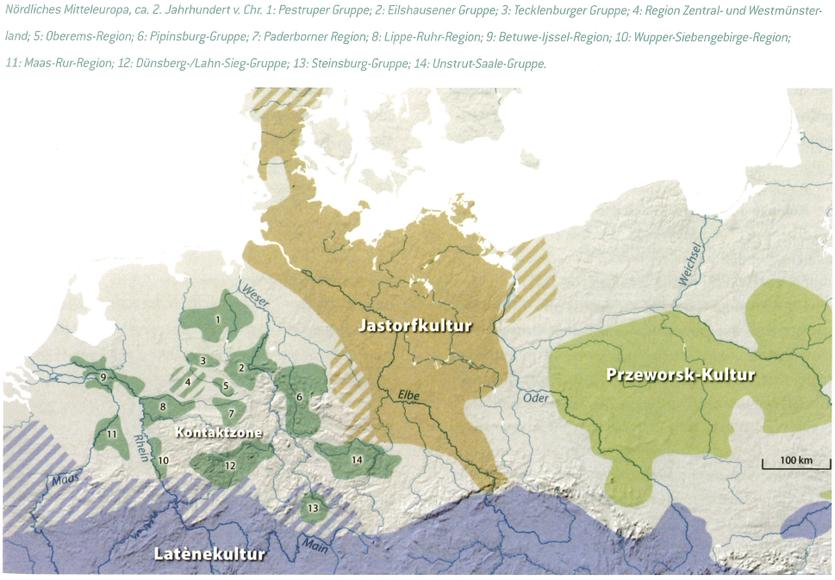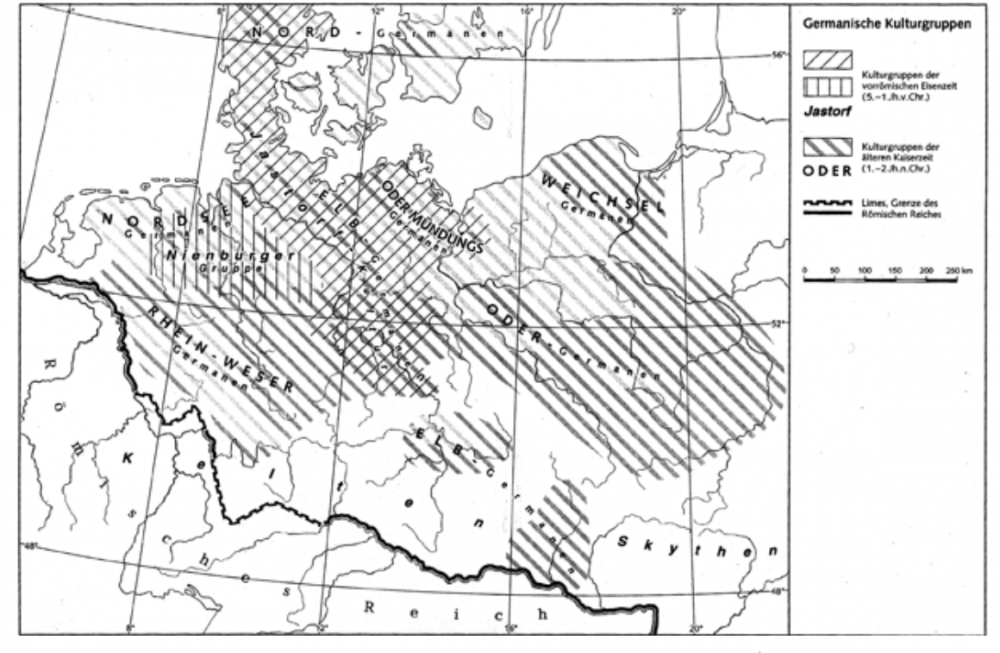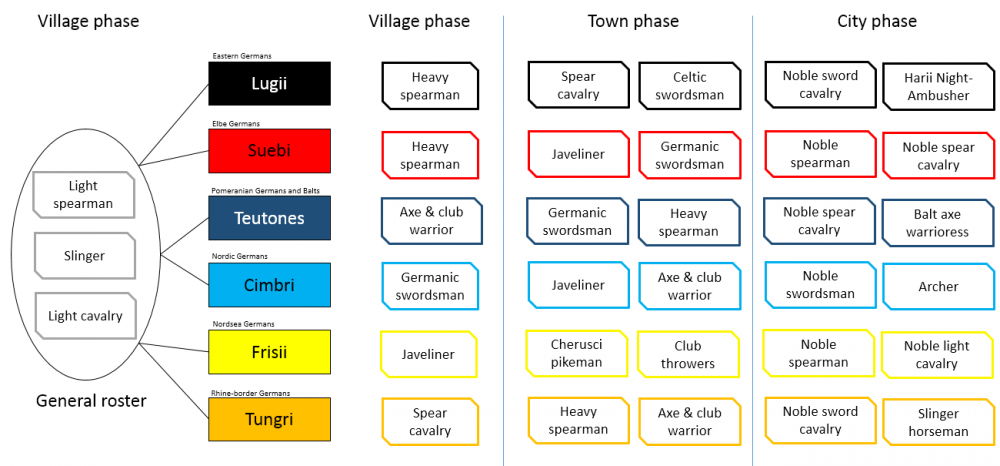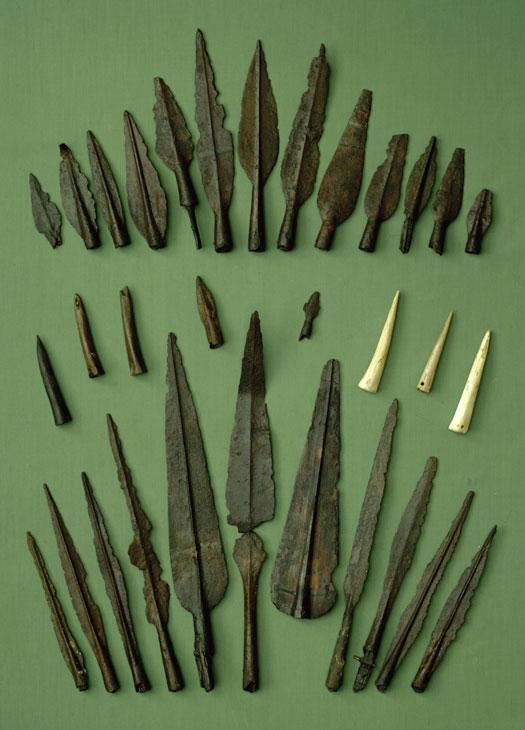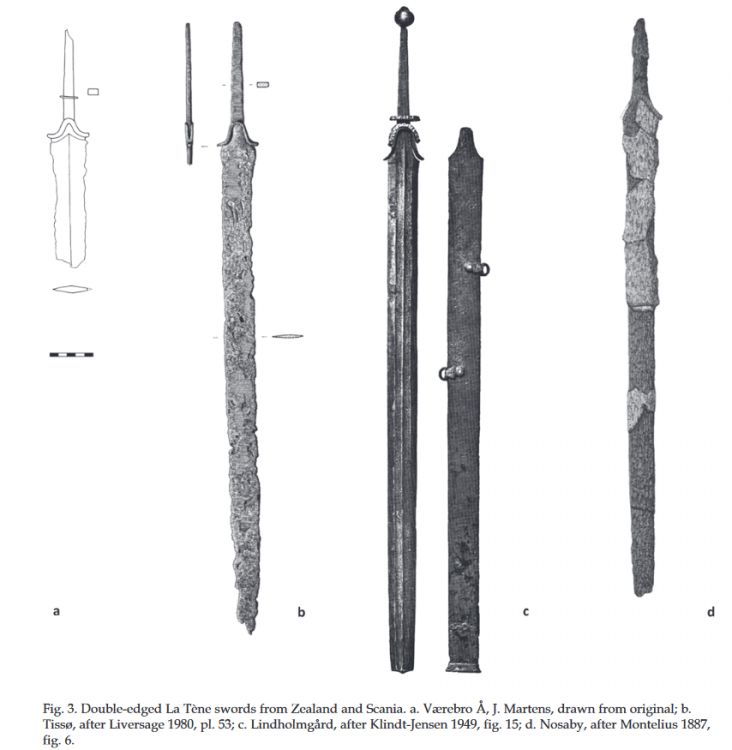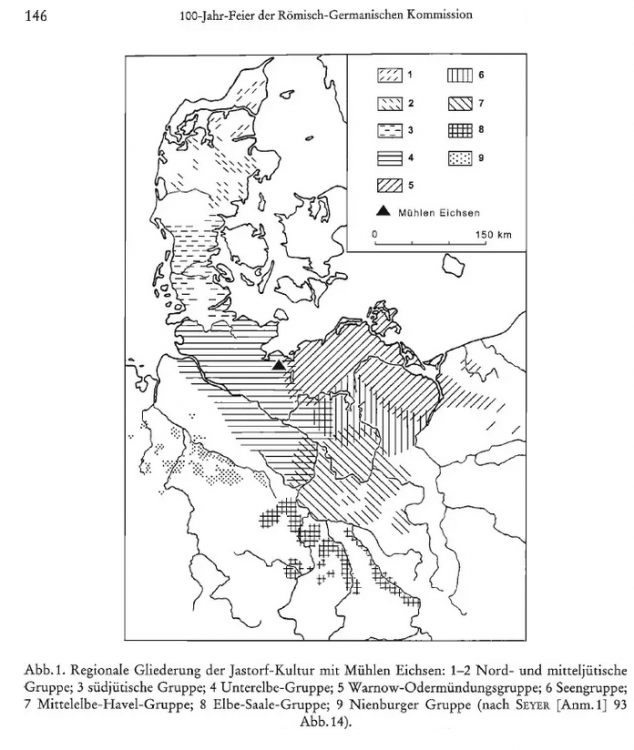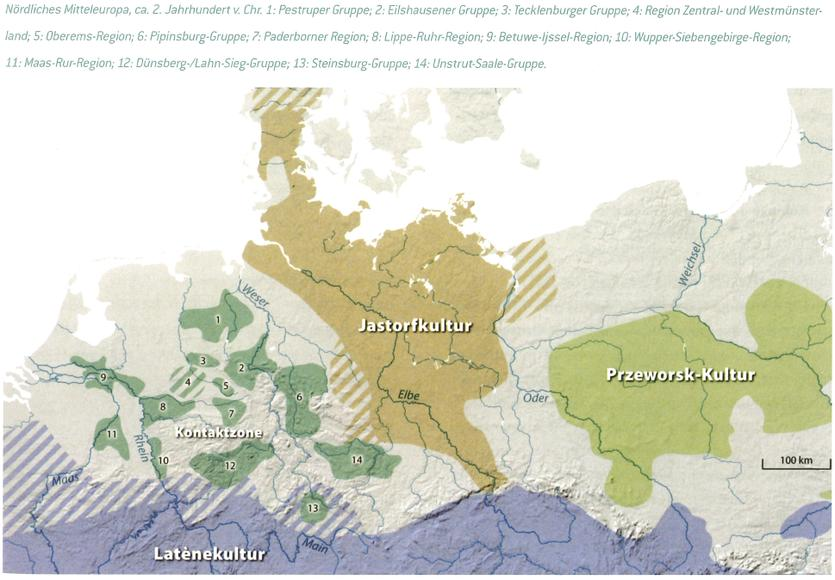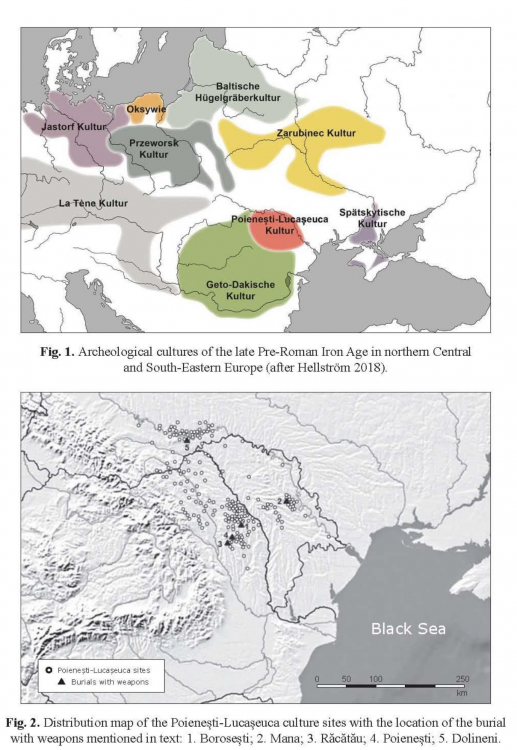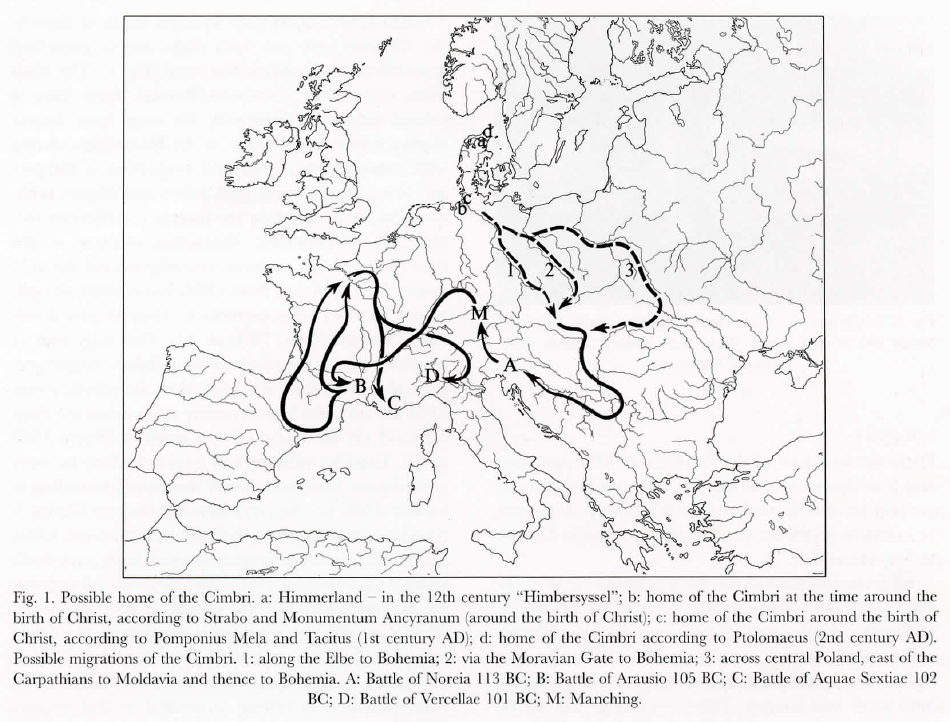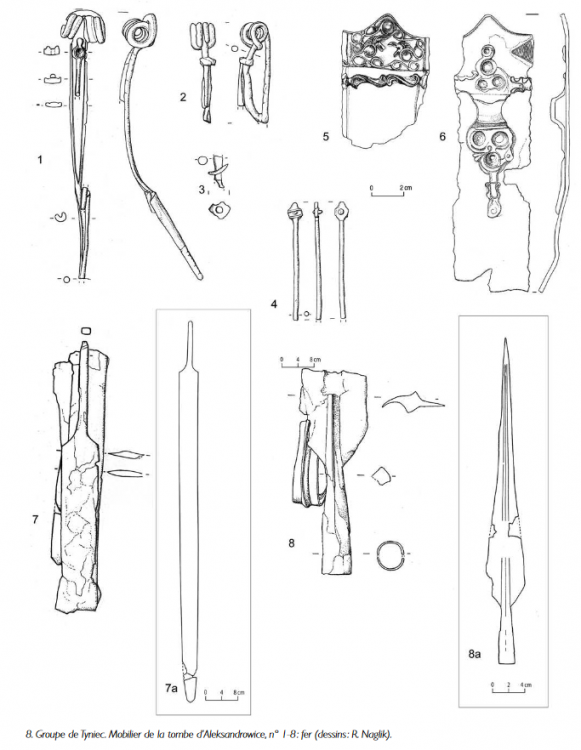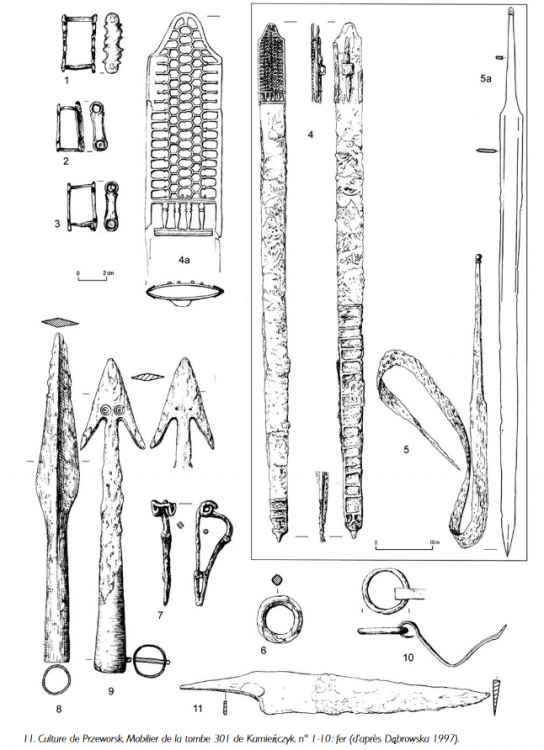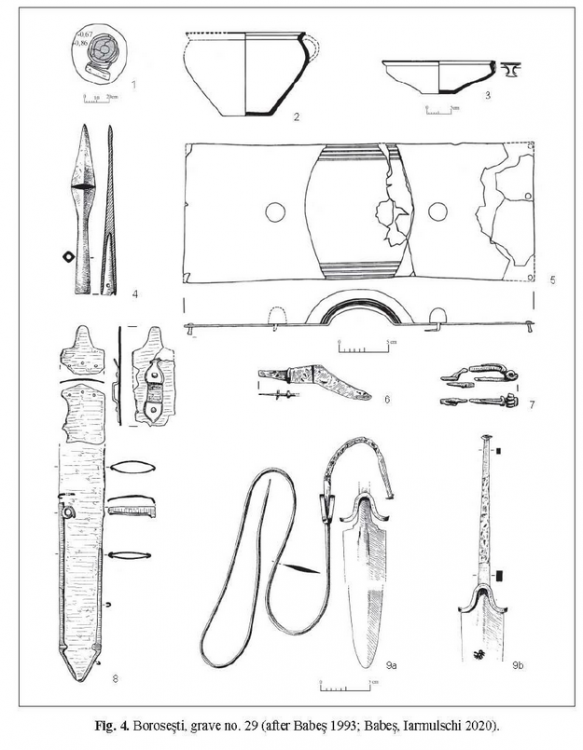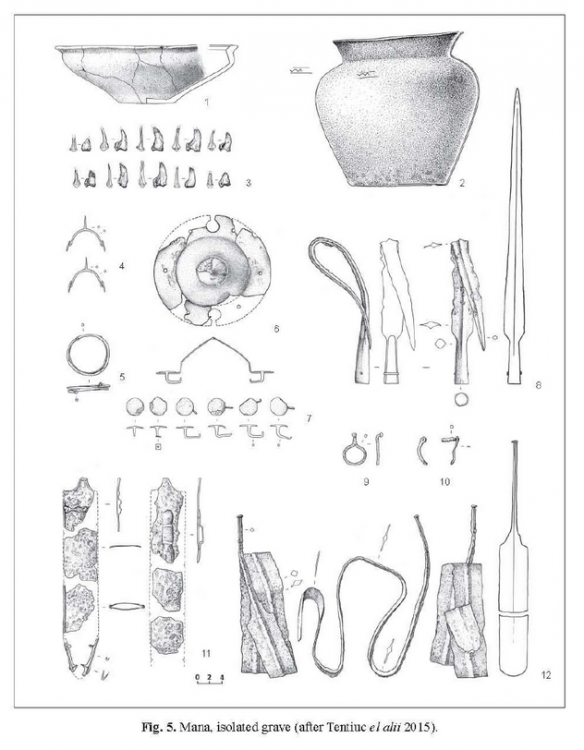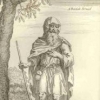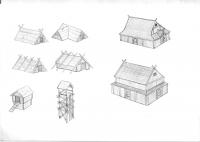Leaderboard
Popular Content
Showing content with the highest reputation on 2019-06-01 in all areas
-
The current gameplay is the same for 1v1 or 4v4, it is a boom, spam slingers, archers or javelins, get p3, upgrade ranged attack tech, make 1 - 2 rams, or 1 - 2 elephants and attack. I can beat other players with an average rating of 1600/1700 using other strategies, like melee cavs, but if the player is a similar level like valih or feldfeld, drastically increases my chances of losing, i would say 95%.4 points
-
Here's a short list (my opnion). Reduce damage from all ranged units. (inf melee and cav melee total useless) Reduce the speed of all cavalry. (inf melee cant counter) Balance all auras and hero. Update the technological tree. (there are bonuses that have no effect (kush for example), some units/buildings is missing part "history", among other things) Disable animation celebration of promotion. Reduce the speed of the rams. Reduce the training speed and cost of the champions. Decrease the price of most techs. Balance current techs, many are useless. Balance priest. Change the order of priority of the elephant of war, to attack units before constructions. There are few things, that would be just to start, we would have a a24 a little better.4 points
-
World Is dead Like I told you so I bet you're gonna like it in A.D. A.D. Ken Wood alpha is not so bad A.D. A.D. Bloody lag is not so bad See enemy guts on the floor Oh you're really gonna like it in A.D. A.D. jebel is not so bad A.D. A.D. Blody lag is not so bad You bet your life There's gonna be a fight You bet your life because i have rams yeah You bet your life There's gonna be a fight You bet your life because i have rams I said that skirms are god I said that Death is mine To give to you Oh 0 AD As it is in hell We'll see you dead and like it in A.D. A.D. Camelius leaving is not so bad A.D. A.D. 3 vs 4 is not so bad See ally heads on a picket fence You're really gonna hate it in A.D. A.D. borg attacking is not so bad A.D. A.D. feldfeld support him is not so bad You bet your life There's gonna be a fight You bet your life because i have rams yeah You bet your life There's gonna be a fight You bet your life because i have rams I said that skirms are god I said that Death is mine You bet your life There's gonna be a fight You bet your life because i never surrender!!! You bet your life There's gonna be a fight You bet your life because i had rams I said that skirms where god I said that Death was mine To give to you GG bad balance3 points
-
3 points
-
Hi all, I would like to invite you to Sunday Pro Games - Week#7 live-stream event. There will be a 4v4 match at 18.00 (UTC) on Sunday with dual commentary by Feldfeld and ValihrAnt on his youtube channel. If you want to convert UTC time zone to your time zone you can visit this website. -You can Play/Watch/Contribute/Ask questions during the event. It's only one match once a week. So, Players who want to play should be in the room a little early. -You can check the current fixture from this post: League Fixture. -Players who want to Spec/Contribute/Ask questions should watch the event on ValihrAnt's channel: Here is the link. -We're playing on Lake this week. -Rule Breakers get yellow and red cards. If you brake no dancing, no wonder rule during the match, you get a yellow card. If you don't follow the rules intentionally you might get a red card. 2 yellow cards mean 1 red card. If you have a red card, you are banned for the next event. -You can watch previous events on this channel. Please let me know If you have any questions. Have fun, @psypherium @Feldfeld @ValihrAnt @camel @Boudica @ffffffff @JC (naval supremacist) @Unknown_Player @borg- @chrstgtr @Lefo @Pudim @Philip the Swaggerless @Stockfish @PhyZik @itrelles @nani @Hannibal_Barca @LeGenDz @phoenixdesk @LANDLORD *** If you want to be in the notification list, or not, send a PM so I can add/remove your name.3 points
-
1) That was definitely it, I found it floating around higher up the chain. 2) Hmmm, I found a workaround by just making it so I have a single mesh with all the armor attached and several variations missing the armor, and it only spawns armor props on death.3 points
-
The Germans Cimbri, Suebians, Goths https://github.com/JustusAvramenko/delenda_est/commit/74653b71376ba38593f675e4051586769292b59b https://github.com/JustusAvramenko/delenda_est Need halp from our resident historians, artists, and reference gatherers. Units Since the Suebi were a tribal confederation, units will have tribal designations, for example: Marcomanni Spearman, Quadi Light Cavalry, etc. Goths will represent the "later" Germans, with round shields, more helmets, more chain mail, greater cavalry. Suebian units look like "early" Germans, with hexagonal shields, fewer helmets, less chain mail, greater reliance on infantry. Basic units - Bare chested or Animal hide. Pants. Shield. Weapon. No helmet. Advanced units - Shirt. Pants. Shield. Weapon. No helmet. Elite units - Shirt. Pants. Cape. Shield. Weapon. Simple Germanic helmet. Champions and Heroes - Heavy body armor. Germanic helmet. Suebian Heroes Ariovistus Leader of the Suebi and other allied Germanic peoples in the second quarter of the 1st century BC. He and his followers took part in a war in Gaul, assisting the Arverni and Sequani in defeating their rivals, the Aedui. They then settled in large numbers into conquered Gallic territory, in the Alsace region. They were defeated, however, in the Battle of Vosges and driven back over the Rhine in 58 BC by Julius Caesar. https://www.wikiwand.com/en/Ariovistus Maroboduus King of the Marcomanni, who were Germanic Suebian people. He spent part of his youth in Rome, and returning, found his people under pressure from invasions by the Roman empire between the Rhine and Elbe. He led them into the forests of Bohemia, adjacent to the Quadi who already lived nearby, and established a large alliance. https://www.wikiwand.com/en/Maroboduus Ballomar Leader of the Marcomanni. At first a Roman client ruler; during the first Marcomannic War he formed an alliance with other Germanic tribes and invaded Italy. https://www.wikiwand.com/en/Ballomar Arminius Was a Roman officer and later chieftain of the Germanic Cherusci tribe who is best known for commanding an alliance of Germanic tribes at the Battle of the Teutoburg Forest in 9 AD, in which three Roman legions under the command of general Publius Quinctilius Varus were destroyed. His victory at Teutoburg Forest would precipitate the Roman Empire's permanent strategic withdrawal from Magna Germania. https://www.wikiwand.com/en/Arminius Found in the Mercenary Camp. Goth Heroes Alaric I History Wiki Link Theodoric I History Wiki Link Theodoric the Great History Wiki Link Buildings All wooden, less health than "standard" civs. "Walls" are a wooden stockade, halfway in strength between palisades and stone walls. "Fortress" is wooden. Building "shapes" should roughly follow Empires Ascendant standard, but with a Germanic veneer or aesthetic. There can be some unique exceptions for visual variety however. Maybe houses are longer than they are wide with a rectangular footprint, in contrast to other civs whose houses generally fit a square footprint. Suebians Rally Point Flag General Look References Civic Center House Storehouse Farmstead/Corral (combined building) Dock Market Temple Glory Statue Forge (aka "Blacksmith") Defense Tower Barracks Stable Archery Range Great Hall (Special Building) Siege Workshop Fortress Town Walls Wonder Goths Civic Center House Storehouse Farmstead/Granary Dock Temple Glory Statue Forge (aka "Blacksmith") Defense Tower Barracks Stable Archery Range Siege Workshop Fortress Town Walls Wonder Gameplay Suebians still use standard territorial gameplay, but have an ox cart dropsite. Later Goths will have more of a nomadic gameplay (like Huns or Scythians) with no territory. It would be interesting if Hyrule:Conquest's hero selection UI could be used to "split" the Goths into Visigoths and Ostrogoths. Art Needed Each one needs its own civ emblem. Unit head models with the "Suebian Knot" and beards for the Suebian units. New unit body and shield textures. Some new helmet models. New building art set.2 points
-
I think this should be done by slowing down their tootoohigh attack speed (even if the dps is kept relatively constant by increasing the damage per hit). There are a variety of problems aggravated by it: Balance problems: Reduced damage downtime: Melee units get interrupted all the time, they waste time bumping into each other and into enemies, and start approaching targets only to die before getting a hit in. For melee units changing targets is costly and results in huge dps losses. Thanks to their absurd rate of fire ranged can change targets instantly, making focus fire and hit and run tactics much more effective than anything melee units can pull off. Negligible 'overkilling', ranged units attack quickly but deal 'low' damage per hit so very little damage is wasted in the attack that kills the target. Aesthetic problems: It makes animations look ridiculous and out of place, it is specially jarring because ranged units are almost the only ones that do this. The only non-ranged units that I feel have animations playing at the wrong speed are spear cavalry (looks a bit slowed down) and rams (looks a bit speed up) It causes the 'projectile hitting armor' sound to play too frequently. You know exactly what sound I'm talking about, you're probably hearing it in your mind now. Performance problems: A whole lot of attacks means a whole lot of arrows and stones on the field, the renderer doesn't like this.2 points
-
Ctrl + middle mouse button to rotate the view Middle mouse button on its own pans the view, but I guess you've found that on your own2 points
-
2 points
-
2 points
-
and use some Millenium norse buildings? (some) yes they are more settled than Cimbrii.2 points
-
I understand - I am actually playing a lot of practice single player games in anticipation of what the future meta might look like, I am experimenting with the Mauryans, the two things that I think can be used is faster archer training time and the fact that worker elephants are mobile drop off point. I'm messing with a 2nd elephant start strat...2 points
-
also I have this in my images.... I found better size.2 points
-
Only in commercial environments open source projects only proceed with motivated contributors we are all volunteers no interest/talent no work done at all,that and discussions of this nature occurring about every year Enjoy the Choice2 points
-
2 points
-
You're also referencing the balance notes of a feature complete released game. There is much debate still about the final feature list of the game.2 points
-
Hi and first of all thanks for the great game! A lot of work is yet to be done, but I think the core is pretty solid. But, I was rather surprised to find that there are no germanic tribes in game. Come on, 2 celtic nations and none germanic? Germanic tribes were certainly present at that time, I believe Tacitus has a good description of them. What's the reason of not including them in the game, at least as one faction?1 point
-
I find this civ to be quite interesting. Elephants as a mobile drop off point is very powerful, as is spamming archers as workers. You can start the game by producing another worker elephant, and making archers instead of women - then positioning the first worker elephant next to berries. With the 4 starting women on berries and the starting cav on chickens, you can realistically get men out faster than any other civ. With the 2nd worker elephant next to wood, and the first elephant next to berries, you get fast walking time without the build time of a storage unit or farmstead, all you need to worry about it building a house. Only need to send one woman to wood, the rest of the archers can cut wood, and now you can build a farmstead and storage unit at your leisure. When you get to town phase, there is sword bearing melee cav at the barracks for raiding. The mobile drop off point of the worker elephant gives you tons of flexibility, and with so many archers working its hard for your opponent to attack you early. If you spam raiding cav - and attack around the back of your opponents base, you can catch him off guard and kill lots of women, food starving him.1 point
-
1 point
-
Any melee unit can hold rams in the borg expansion pack, also the damage received from ranged units is slightly higher than vanilla, in fact rams are only a problem in vanilla because champs are impracticable. But yeah, I'll take a look at this.1 point
-
1 point
-
1 point
-
1 point
-
You are gonna have to add shadows here to show the bumpy effect :). I guess you can use bilinear gradients on each stripes Or the the one that does it automatically depending the shape Btw did you know that by tweaking the texture a bit you could make sure the legs are seamless ? See the art design document.1 point
-
I looked at Millennium AD the other night to check out the buildings again. There are things I like about the Anglo-Saxon, Norse, and Carolingian building sets, but the textures are all incompatible. The Civic Centers need work the most (not quite up to snuff compared to core game models). I think using them as placeholder art would work though.1 point
-
Germanic head references, for any artist who is willing. I think these models can just be edits of the existing models (ideally), and can be added to the core game probably. Ponytails The game has a ponytail male head model and beareded head models, but not together. Germans definitely would benefit from bearded head models + maybe a couple of ponytail variations (props?). Above: 2 variations. Ponytail on back of head and ponytail closer to crown. Above: Some ponytail variants at the top of the head. Short. Suebian Knot This would be specific to the Suebi faction units. This is a knot of hair off to the side (right side?) of the head. Maybe 2 variants, one lower and one higher. Braided Female Hair models It would be cool to have unique head models for the Germanic women. Perhaps 3 or 4 variants. Above: Says "Vikings" but I think would be apropos for Germanic women as well (Nordic and Germanic peoples are related)1 point
-
For the Suebians, I'm thinking a more "early" interpretation for their look, with the hexagonal shields and low instance of armor. If I were to add the Goths, they'd be a later interpretation. Right, a wooden longhouse is a wooden longhouse. For gameplay purposes, I think some kind of fortification would be necessary. Probably wooden. Any walls would be a wooden stockade, halfway in strength between palisades and stone walls. Thematically, I'd go for a more "settled" interpretation for their gameplay, with territories, etc. While the later Goths would have some "nomadic civ" elements, like ox cart dropsites, etc. Heroes could be Ariovistas, Arminius, and?1 point
-
Yes it changed, the Suebians during 1st century BC and 2st century AD are mostly using hexagonal shields and have little body protection. During the 3rd century AD, all the Germans started to use rounds shields and we find some helmets and chainmail. There are also the development of the angon and of the spatha. Clearly, before the Marcomannic wars it is difficult to gather enough information to build a complete faction. Most of the archeological information on the Suebians comes from the later period. But the general basis of the houses didn't have change. The only thing is that there is more evidence for fortifications in the later period.1 point
-
Hmm, that looks more like a Champion "Extraordinarius" to me, what with the groin and shoulder pteruges. Certainly use that texture for them! For a rank-n-file citizen soldier (advanced Hastatus or advanced Eques), I think a subarmalis would look more like this upper body piece: Certainly others may have their own interpretations.1 point
-
That is called the subarmalis. It is theorized it can be used as padding underneath many types of armor such as chain and mail. I don't see why it couldn't be worn under pectorals.1 point
-
I have seen several artists depict them wearing padded cloth with pteruges underneath that armor. In the game we also have that in the texture for Hannibal. Would that be historically acceptable1 point
-
the best counter system I play so far is DE , but i have to have in consideration give a try to Nescio and Borg mods.but yesterday I test again Delenda Est and Rams aren't OP anymore,1 point
-
While I could easily agree to points 1, 2 and 4, No. 3 - together with other of your arguments - to me sound a bit like 'We have always done it like this! And our neighbors do it like this!', which, by itself, doesn't sound too convincing to me. If a sufficient number of people ('regular' players, competitive players and lastly - and I guess most importantly - a ~handful of devs) think there is a 'package' available (the mod your thread is obviously about but you haven't mentioned - and which I didn't try (yet)) that is a step in the right direction, I say 'why not?'.1 point
-
1 point
-
1 point
-
The Lombards: The Ancient Longobards - Neil Christie The Lombards, also known as the Longobards, were a Germanic tribe whose fabled origins lay in the barbarian realm of Scandinavia. After centuries of obscurity during the long period of Roman domination in Europe, the Lombards began a concerted migration south-eastwards, coming to prominence immediately after the fall of Rome. Pushing across the Danube to occupy Hungary, the tribe emerged as a powerful protagonist in the former heartland of the Empire in the early sixth century AD. The Lombards subsequently invaded Italy in AD 568-569, where they successfully countered the Byzantines and established a kingdom based on the fertile north Italian plains. This endured for more than two centuries before its conquest by Charlemagne, and even after this defeat, a Lombard state continued to exist in southern Italy until the eleventh century. In this book, the author combines many sources, archaeological and historical, to offer a fresh and vividly detailed picture of Lombard society - its people, settlements, material and spiritual culture - and its evolution from martial 'barbarian' tribe to complex urbanized state. The Alamanni and Rome 213-496 - John F. Drinkwater The Alamanni and Rome focuses upon the end of the Roman Empire. From the third century AD, barbarians attacked and then overran the west. Some--Goths, Franks, Saxons--are well known, others less so. The latter include the Alamanni, despite the fact that their name is found in the French (''Allemagne'') and Spanish (''Alemania'') for ''Germany.'' This pioneering study, the first in English, uses new historical and archaeological findings to reconstruct the origins of the Alamanni, their settlements, their politics, and their society, and to establish the nature of their relationship with Rome. John Drinkwater discovers the cause of their modern elusiveness in their high level of dependence on the Empire. Far from being dangerous invaders, they were often the prey of emperors intent on acquiring military reputations. When much of the western Empire fell to the Franks, so did the Alamanni, without ever having produced their own ''successor kingdom.'' Edit: Варвары. Древние германцы: быт, религия, культура Малькольм ТоддВарвары. Древние германцы. Быт, религия, культура Everyday Life of the Barbarians: Goths, Franks, & Vandals От издателяАвтор этой книги попытался реконструировать социальную структуру и каждодневную жизнь варваров на основе обобщающих выводов археологов, наблюдений искусствоведов и лингвистов. Рассматривается промежуток времени от II в. до н.э., когда цивилизованные народы впервые обратили внимание на варваров, до периода Великого Переселения народов IV-VI веков н.э. Everyday Life of the Barbarians: Goths, Franks and Vandals With drawings by Eva Wilson. The "Barbarians" of the classical world - especially the Goths, Franks and Vandals - have been traditionally dismissed as savage hordes who sacked Rome and destroyed her Empire. It is only the discoveries of modern archaeology that have established a true picture of these versatile Germanic tribes who originally inhabited north-west Europe beyond the frontiers of the Roman Empire and who later penetrated every corner of Europe. Like the Celts, these tribes excelled in the arts of war - but warfare was far from being the whole of their life. They delighted in feasting, music, dancing and gaming. The tribes were organised in a rigorous social hierarchy and they practised a remarkably advanced system of agriculture. Their houses and furniture were simple but they took a particular pride in personal decoration: the surviving artifacts - especially ornamental metalwork - show a magnificent tradition of craftsmanship. Trade contacts, too, reveal a lively commerce with the Roman provinces and with their nomadic neighbours. This vivid and rounded portrait of the daily life of Rome's northern neighbours is a fascinating addition to the Publishers' Everyday Life series and a valuable complementary study to the volume on "Ancient Rome". Malcolm Todd, who is Lecturer in Archaeology at the University of Nottingham, has made use of his own research, and the illustrations - almost 100 in all - include a great deal of unfamiliar material. The Early Germans by Malcolm Todd The growing number of volumes in the "Peoples of Europe" series are generally quite useful to students of early medieval history; at less than 300 pages, they do well as surveys. This one, unfortunately, is one of the less readable efforts. Todd is interested in the Germanic tribes and their migrations from the early Roman Empire up to about 700 A.D., but he wanders from a chronological coverage of all the multitude of Germanic peoples (who never thought of themselves as "Germans" in the first place), to a topical one (chapters on economy and agriculture, social institutions, burial practices, trade and diplomacy, art and technology, etc), to a geographical survey divided into sections on Goths, Vandals, Franks, Burgundians, Gepids, Lombards, and (oddly) Scandinavians. It's a confusing book to read, with various groups appearing (naturally) in each other's chapters. Todd also mentions in passing specialized information or rival interpretations of the sources that he apparently assumes everyone knows -- which is a bad assumption in a survey of this kind. While there's useful stuff here, I would not suggest this as a first resource for someone new to the field. Instead, I would recommend the separate books in this series by James on the Franks, Heather on the Goths, and Christie on the Lombards -- and Heather's latest, _The Fall of the Roman Empire_ (2006), over all of them. Goths in the Fourth Century This volume brings together many important historical texts, the majority of them (speeches of Themistius, the Passion of St Saba, and evidence relating to the life and work of Ulfila) not previously available in English translation. "...a compact and exciting do-it-yourself kit for the student of Gothic history... outstanding."—Bryn Mawr Classical Review1 point
-
yes must be focused in some era of their development we can take a base large tribes like Semnones? https://en.wikipedia.org/wiki/Semnones .... https://en.wikipedia.org/wiki/Suebi1 point
-
The time frame involved is basically from Ariovistus (58 BC) to Hermeric (441 AD) ? Focusing on the Suebian tribes ?1 point
-
1 point
-
1 point
-
1 point
-
About a year ago I wanted to change the code so that it uses a seeding animation for building fields just to discover that we don't have such animation xD1 point
-
Thread: https://wildfiregames.com/forum/index.php?/topic/25730-concept-task-cimbrians-ambrones-teutons/&do=findComment&comment=373419 Useful source: http://elfinspell.com/TacitusGermanyContents.html And: https://en.wikisource.org/wiki/The_Annals_(Tacitus) Discussion about Cherusci pikemen: http://gladius.revistas.csic.es/index.php/gladius/article/download/287/290 Early Germanic Warfare: https://www.jstor.org/stable/650090?seq=1#metadata_info_tab_contents Cimbri material: https://wildfiregames.com/forum/index.php?/topic/25730-concept-task-cimbrians-ambrones-teutons/&do=findComment&comment=373394 Przeworsk: https://wildfiregames.com/forum/index.php?/topic/25186-iron-age-pre-and-proto-germanic-bibliography/&tab=comments#comment-366650 Germanic populations were not uniform and could have spoken different languages with different degrees of development from Proto-Germanic and with different loans from others languages. Moreover, the Przeworsk culture (associated with the Lugii) has a strong relationship with the La Tène culture and we have have no understanding of its consequences on the language of these populations. The Jastorf culture group is one of the most known, mostly thanks to Kossinna's work, but is based on a typology for potteries and fibula. Cremation burials is not an unique particularity coming from the Jastorf culture, so the narrative often seen in forum that the origin of the modern Germans comes from this culture is wrong. The Jastorf culture is old and was contemporary of the Hallstatt culture, it started to spread in Poland but got replaced by the Przeworsk culture during the third century BC. Contrary to the Przeworsk culture, the Jastorf burials have very little weapons. In the North, Upper-Denmark and Scandinavia have a lot of weapons, even chainmails and Celtic longswords. These region are not "Jastorf" although. In contrary, there is as much Jastorf than Eastern influence (Przeworsk, Oksywie and Pomeranian), and even Celtic influence through the Nord Sea. For the Rhine, Weser and Netherlands regions, there are numerous small cultural groups, always influenced by the La Tène culture before the 1st century BC and by the Jastorf after. Their language seems to have evolved and to have mixed Celtic and Germanic dialects, as it is possible to seen multiples Germanic tribes with Celtic etymology (Usipetes, Tencteri, Ubii etc.). Romans seem to have both overgeneralized the Germanic populations while specifying differences. The word "German" is known to have been a made-up label by the Romans (mostly Caesar) to highlight the natural border of the Rhine. It could have come from a name used by the Tungri, the first Germans Cis-Rhenani, and mistakenly applied to every tribes from the other side of the Rhine. Tacitus highlight the existences of two huge groups of Germanic populations: the Suebi and the Lugii. The former's territory is known to have been a place of numerous elite burials with few weapons, probably thanks to the Romans payments to maintain security. While the latter is known for the numerous weapons burials of the Przeworsk. However, Tacitus specify clearly which tribes belongs to these groups and so the tribes that are different. Most of them are different, clearly suggesting an important diversity during the 1st century AD. Since Augustus, Jutland was characterized by being the home of the Cimbri, relabeled Cimbrian promontory although there are different tribes there. The migration of the Cimbri is very possibly related to the Przeworsk culture, which could explains a lot of their "Celticity", acquired by alliance during their travel. This important diversity of the cultures, the important diversity of the warfare techniques, the poor military equipment (almost no helmet, bones and wooden weapons, wooden clubs, axes) and the poor urbanistic development of the Early "Germans" make the choice of regrouping them in an unique faction very difficult. Generally, video games put everything in the Suebi group and represent only this cultural group because it is easier, with the result they become the German standard. Although they take whatever they can from other tribes and other era to complement the faction, resulting with a strange mix of something that never existed. Finally, Germans is a label mainly used to describe the tribes of the migration period, when the Germanic identity has been built up by several centuries of symbolic and cultural opposition against the Roman Empire. It is far easier to divide these populations in different group like Goths, Franks, Saxons, Alemanni etc. with their own characteristics, it is sometimes what is done in videogames (like in Attila Total War). However I found it funny because the cultural distance between the Goths, the Franks, the Saxons and the Alemanni is smaller than between the Suebi, the Lugii and the Rhine germans. So, be careful with the Early Germans if you want to represent something that most closely reflects reality. Sadly, it doesn't exist any visual representation of the Lugii, of the Pomeranian or of the Rhine Germans that differentiate them of the Suebi. There is no turnkey designs, easy to understand and to apply. Summary (a few words, to be completed): General: Polyvalent spearman using the framae (frames), slingers. Rhine-Weser tribes: A region with a few helmets and La Tène longswords, important iron production, zone of contact and trade. Batavi: Strong horsemen and infantrymen. Batavian Revolt and Siege of Castra Vetera. Slinger horsemen. Chatti: Strong infantry, one of the best. Long hair and beard, cut only after their first kill. Discipline. Both Celtic and Germanic spearheads in the region. Tencteri: Swift cavalry, very experimented. Both accounted by Tacitus and Caesar. Nordsea tribes: Frisii: Correct cavalry (used as irregular auxiliaries). Warriors venerating Baduhenna. Leather production for the exportation (Romans) Chauci: Noblest and less warlike tribe according to Tacitus (but ready to war). Correct infantry and cavalry, dense population. Cherusci: Ariminius tribe. Known pikemen. Strong infantrymen. Osiers woven shields. Little armor and helmets. A lot of javeliners and slingers. Suebian tribes (Elbe): Most influential group in the late period (Roman Empire era). Characterized by a Suebian knot. A lot of noble burials in the Roman era. Langobardi: Long beards. Small number but strong. One-edged Germanic swords found in their territory. Hound's clan possible symbol. Semnones: Most religious and strongest authority among the Suebians. Not a lot of military fates although. Marcomanni: Strong cavalry. Little armor, barbed javelins, wooden clubs, germanic swords. Bravest of the Suebi. East tribes: Strong military archaeology since 2nd century BC (among the earliest). Late Celtic helmets. Zone of numerous warrior burials (but less prestigious than the Suebi burials, more warlike however). Lugiones: Spread tribe, most common mercenaries in the Germanic world. A lot of La Tène weapons. Bastarnae: Strong cavalry, bear-skin bearer horseman burial, Celtic longsword, mixed cavalry with light infantry. Harii: Famous night warriors with body painted and black shields. Pomeranian tribes: Lemovii: Round shields and short Germanic swords. Rugii: Round shields and short Germanic swords. Teutones: Balt/Pomeranian according to Pytheas. Swords. Aestii: Axe female warrior. Nordic tribes: Strong military archaeology since 3rd century BC (among the earliest). A lot of noble burials and high prestige goods from trading. Suiones: Powerful fleet. Axe, bow in burial. Cimbri: Early swordsmen (Celtic sword and Germanic swords), Noblemen (Chainmail), Bone javelinhead, Celtic spearheads. Pictures: Edit: Encyclopedia entries: Germans Germans (Germani), after the Celts the second major linguistic and cultural grouping encountered by the Graeco-Roman world in northern Europe. It was the Romans' failure, between 12 bce and 9ce, to absorb the Germanic peoples west of the Elbe that compelled them to centre the defence of their western empire on the Rhine (Rhenus) and upper Danube (Danuvius). Sporadic German raiding in the 1st and 2nd cent. ce developed into prolonged trouble in the 3rd cent. with the emergence of the Frankish and Alamannic threat to Gaul and Italy, and with the application of Gothic pressure on the lower and middle Danube. The relative pacification of the Goths in the 260s and 270s (see heruli) left the Franks and the Alamanni as Rome's most important Germanic enemies down to the last quarter of the 4th cent., after which large-scale Gothic settlement south of the Danube unbalanced imperial foreign and domestic politics. The early 5th cent. saw the Goths sweep from Thrace through the Balkans into Italy, thence to Spain and back to Gaul. Vandals, Sueves, and Burgundians also crossed the Rhine in force. The Alamanni were less adventurous, but from the 480s the Franks began to move south. The early development of the Germanic peoples is notoriously difficult to establish. Modern research has demonstrated how much our two best informants, Caesar and Tacitus, were influenced by their cultural prejudices and their literary strategies. (For example, Caesar's emphasis on the Rhine as a distinct boundary between Celts and Germans is now recognized as political, not ethnographic, in origin.) The views of the Celtic Gauls no doubt also confused the picture (the ethnic, ‘German’, appears to have been Gallic, picked up and exploited by Caesar, and never applied by Germans to themselves). The chroniclers of the post-Roman Germanic successor-kingdoms were equally capable of inventing significant elements of their early history; and modern studies have been bedevilled by nationalism and ideology. The conventional view is that German language and culture originated in northern Germany and lands about the western Baltic from about 500 bce. Movement of peoples, leading to the reversal of Celtic expansion and Germanic contact with the Mediterranean world, took place from c.300 bce. In the west, this included the Cimbric migration of the 2nd cent. bce—probably also the date of German settlement across the lower Rhine. The early 1st cent. saw the arrival of the Suebi on the upper Rhine. In the east, the Germanic Bastarnae appeared on the borders of Thrace as early as c.200 bce; and the same period probably saw the establishment of the distant ancestors of, amongst others, Burgundians, Goths, and Vandals, between the Oder and the Vistula. The reconstruction of Germanic society faces similar problems, and must also take into account the wide geographical spread of Germanic settlement and cultural differences between its many peoples. However, careful combination of our best literary information (above all, Tacitus' Germania) with modern archaeological research produces a picture of a simple (by comparison with the Celtic) but developing iron age society, with permanent farms and villages. Agriculture was both arable and pastoral, and produced raw materials which could be traded for the finished goods of the Roman empire. Though there could be nominal kings, real political power was diffused among local clan chiefs: unlike the Celtic, the Germanic peoples produced no proto-urban settlements which might accommodate central administrations. They were effectively unified only in time of war, under a battle-leader—the final decision on whom, as with all matters of importance, was taken by the warriors in a tribal assembly. It was this absence of a clearly defined state-structure that afforded the Germans a highly flexible response to Roman aggression, and protected them from conquest. Alamanni Alamanni (Alemanni), a loose concentration of Germanic communities, under various petty kings, located on former Roman territory west of the Rhine and north of the Danube in the 3rd and later cents. ce. Though not securely attested in our sources until 289, Alamanni of a kind were probably first encountered by Caracalla on the middle Main in 213. ‘Alamanni’—‘All Men’—is Germanic, but its precise derivation and meaning are highly contentious. It may have been the nickname of a small band of warriors, picked up by Rome and applied to the wider grouping for administrative convenience. Ethnically diverse (including former Romans and their descendants), their cultural heartland lay on the Elbe, like Tacitus’ Suebi. But Alamanni were not the product of some great Suebian ‘folk-migration’. Raiders from the Elbe had been probing the Main and its tributaries from the late 2nd cent., with some choosing to settle in the area. By the mid-4th cent. this had created an ‘Elbe-Germanic triangle’, with its base on the Elbe and its apex at the Rhine-knee. Within this triangle there was continued circulation of population. Romans may therefore have applied the term ‘Alamanni’ to Elbe-Germani resident in the top third of this triangle (roughly the old Agri Decumates and northern Raetia): ‘Alamannia’. This labelling was generic, not ethnic: those who left ceased to be Alamanni; newcomers became Alamanni in their turn. Over time, however, and certainly by the 5th cent., the inhabitants of Alamannia recognized themselves as Alamanni and were seen as such by other Germani: an ethnic not a generic. This was part of a general process of *‘ethnogenesis’, by which new Germanic identities were reforged from old in the crucible of the declining empire. Because of their relatively frequent appearance in the sources, Alamanni offer a unique insight into the Romano-Germanic relationship, in particular the conflicting roles of Germani as enemies and allies. Alamanni raided the empire from c.200. They frequently harassed Gaul, in the 3rd cent. penetrating as far as Aquitania; in the mid-4th they won notoriety by their attempt to occupy land west of the Rhine, frustrated by Julian’s victory at *Strasbourg in 357. However, they were mainly feared because of their dangerous proximity to Italy. New epigraphic evidence shows *Iuthungi, later associated with Alamanni, enslaving Italians c.260. Other raids into Italy by Alamanni and Iuthungi in 260, 268/9, and 271 prompted Aurelian’s re-walling of Rome (see wall of aurelian); and emperors took care to develop and maintain the Rhine–Danube–Iller limes, guarding entry into the peninsula. Yet Roman fears, exacerbated by memory of the furor teutonicus of the Cimbric wars, were arguably groundless. Alamanni were scattered, poor, and relatively few. They were also politically divided: never a ‘confederation’, and so never really ‘the’ Alamanni. A highly competitive, violent, warrior-ethos drove them to attack the empire whenever it was vulnerable, above all during civil wars. These attacks were traumatic: archaeological evidence shows that Alamanni tortured captives; and inhabitants of Mainz enslaved by them over Easter 368 must have been profoundly shocked. However, Alamanni posed no strategic threat: they could always be brought to heel. This fundamental inferiority helps explain why Romans permitted Alamanni to move into imperial territory c.262—at a time of huge internal discord when it suited Roman rivals to withdraw tactically from the Rhine–Danube re-entrant without ceding sovereignty of the area. It may also have allowed Roman rulers, such as Julian and Valentinian I, to play up the Alamannic ‘threat’ in order to wage easy, reputation-enhancing wars of ‘retribution’. Alamannic chieftains were incapable of, and probably never wished for or even conceived of, conquest of the empire. After the 3rd cent. they never again threatened Italy; and there are indications that some Alamannic incursions during civil war were instigated by Roman leaders. For most of the 4th cent. they collaborated readily with Rome, in return receiving support for their local status, cash subsidies, exclusive access to manufactured goods, and opportunities for service in the empire. Alamanni, indeed, provided significant numbers of military officers (the most distinguished known being Agilo, senior general of Procopius) and men (in both irregular and regular—limitanei, auxilia palatina—Units). Alamannic settlements also helped block entry into the empire by later generations of raiders from the interior. This is another likely reason why the empire tolerated Alamanni near the frontier, and why it allowed Alamannic construction of great hill-forts near the Rhine (e.g. the Zähringer Burgberg) and along the Swabian Alps. A friendly Alamannia was also useful to Rome as a short-cut from between the Rhine and Danube, and as a source of commodities, including building-stone, iron, salt, slaves, timber, and wheat. As Alamanni did not envisage destruction of the empire, so it was also in Rome’s interests, despite all the sabre-rattling, not to destroy Alamannia. In fact, Alamanni disappeared from Rome’s list of Germanic bogeymen in the later 4th cent., being replaced by Franks. They continued to act as allies, aiding incumbent emperors and usurpers (e.g. Constantine III) alike; irregular units helped hold the Rhine for Aëtius down to the middle of the 5th cent. But, first elbowed aside by Burgundiansc.400 as these pushed down the Main, and then refusing themselves to exploit growing Roman weakness in Gaul after 455, they were eventually absorbed by Clovis’ Franks c.500. Thus, unlike most other large Germanic groupings—Burgundians, Visigoths, Vandals, Ostrogoths, and, most notably, Franks—Alamanni did not create a successor-kingdom. This may be because they had enjoyed too close a symbiosis with the empire, restricting their development and making it difficult for them to cope with a post-Roman world. Batavi Batavi, a Germanic people, living on the lower Rhine. Though an offshoot of the Chatti, they helped Drusus against the Germans in 12 bce, and frequently thereafter provided military support for Rome. Remaining incorporated in the empire after the withdrawal to the Rhine in ce 9, they paid no taxes, and helped Germanicus attack their fellow Germans in 16. Their warriors formed auxiliary regiments (see auxilia), by the mid-1st cent. serving under their own chiefs; and until 68 they are also found in the personal bodyguard of the emperors. It was they, under the leadership of C. Iulius Civilis, who headed the great revolt of 69–70. Thereafter they were not prominent in Roman history; and their relationship to the Franks, who later occupied their territory, is obscure. Burgundians Burgundians, (Burgundiones), a Germanic people who first appear on the Main soon after 250 ce. They had little contact with the Romans until c.406, when they crossed the Rhine and established a kingdom in the province of Germania Prima (see germania) with their capital at Worms. In 436, following an unsuccessful attempt to occupy Belgica Prima, they were subjected to an appalling defeat by Flavius Aetius and an army of Huns (an event commemorated in the Nibelungenlied). Aetius moved the survivors to Maxima Sequanorum, where the Burgundian kingdom recovered and played a significant role in sub-Roman Gaul, until it was overrun by the Franks in 534. Bastarnae A roving tribe which first appeared on the lower Danube c.200 bce. They were enlisted by Philip (3) V and Perseus (2) of Macedon against their enemies in the northern Balkans, and by Mithradates VI against the Romans. They defeated C. Antonius ‘Hybrida’ (c.62 bce), but were subdued by M. Licinius Crassus (2) (29–28 bce; cf. Cass. Dio 51. 23. 2–27. 3), and henceforth they generally appear as subject allies of Rome, on one occasion under Nero having hostages recovered and returned to them by the Roman governor of Moesia (CIL 14. 3608). One hundred thousand were transferred across the Danube into Thrace (SHA Probus 18. 1), and Diocletian settled others in Pannonia. Their German ethnicity may be deduced from Strabo (7. 3. 17), Pliny (the Elder) (HN 4. 100), and Tacitus (Germ. 46. 1). They appear to have been the first of the race to travel the migration route from the Baltic to the Black Sea, and their movement is recalled on the Peutinger Table, where the Carpathians are called ‘Alpes Bastarnicae’. Chatti A Germanic people, who lived in the neighbourhood of the upper Weser and the Diemel. Although not mentioned by Caesar, they were the most powerful enemies of Rome in western Germany throughout the 1st cent. ce. Overrun by Drusus in 12 bce, they took part in the revolt of ce 9 and were later attacked by Germanicus, who in 15 burned their town of Mattium (exact site unknown), and by the generals of Claudius. They fought a war in 58 against the Hermunduri for the possession of some salt-beds, and took part in the revolt of C. Iulius Civilis in 69–70. They broke the neighbouring Cherusci, but had to yield the Wetterau to Domitian. Their social and military organization was more highly developed than that of the other Germans. Their nobles took even less part in productive life than those of other Germanic peoples. They are occasionally mentioned as attacking the Roman empire in the later part of the 2nd cent., but from the early 3rd cent. we hear nothing more of them. Their name appears to have survived in that of Hessen. Cherusci A Germanic people, living around the middle Weser. They are the best known of the Germanic opponents of the Romans in the 1st cent. ce. Overrun in the Augustan conquest of western Germany, it was their chieftain Arminius who led the revolt of ce 9, which resulted in the defeat of P. Quinctilius Varus and his army. They successfully defended themselves against Germanicus' punitive expeditions in 15–16, inflicting heavy losses on the Romans. They expelled king Maroboduus from among the Marcomanni ( ce 17), and defeated the attempt of Arminius himself to set up a tyranny over them. Thereafter they weakened themselves by their internal struggles which, together with the hostility of the Chatti, reduced them to comparative impotence by the time of Tacitus (1). In later times they are rarely heard of. Cimbri A German tribe from north Jutland. Towards the end of the 2nd cent. bce overpopulation and encroachments by the sea drove them to migrate in company with the Teutones and Ambrones. From the Elbe they arrived, by a roundabout route, in Noricum, where they defeated a Roman consular army (113 bce). They then turned west and entered the Helvetian territory between the Main and Switzerland, where a few of them settled. (Vestiges of a Cimbric element in the population are perhaps implied by inscriptions to Mercurius Cimbrianus at Miltenberg and Heidelberg: ILS 4595, 4596, cf. 9377.) About 110 they entered the Rhône valley. In 109 they defeated M. Iunius Silanus, and then turned into the centre of Gaul. In 105 they were again in the south, where they won the great victory of Arausio (mod. Orange), and then entered Spain, whence they were expelled by the Celtiberians. They now moved towards Italy. C. Marius (1) defeated the Teutones and the Ambrones, who took the western route, at Aquae Sextiae (Aix-en-Provence) in 102, and in 101 destroyed the Cimbri, who had travelled round the Alps and entered Italy by the north-east, near Vercellae, in the Po (Padus) valley. A few of the Germans had remained in northern Gaul; the later Aduatuci claimed to be their descendants. A remnant of the Cimbri was found in Jutland by the naval expedition sent by Tiberius in ce 5 (RG 26). Franks Franks (Franci), a Germanic people who conquered Gallia (Gaul), and made it Francia (France). Their adoption of Gallo-Roman Catholic culture was the seed of French civilization and, hence, that of medieval and modern western Europe. Despite their great importance, their first appearance is late (c. 260 ce), their name (‘the bold’, ‘the fierce’) suggesting a coalition of German tribes on the middle and lower Rhine. From then to the end of the 4th cent. they caused the empire frequent trouble, though they also gave it loyal generals and soldiers. Indeed, 4th-cent. emperors allowed some Frankish settlement on Roman soil in return for military service. However, during the early 5th cent., when the Rhine frontier weakened and the German occupation of Gaul began in earnest, the Franks, like the Alamanni, seemed destined to be eclipsed by relative newcomers. There was some movement across the Rhine into Belgica Secunda, but it was not until the late 5th and early 6th cents. that the various Frankish groups were united by the Salians Childeric and Clovis, and moved south to break the Visigoths and Burgundians. Marcoman(n)i Marcoman(n)i (Stat. Silv. 3. 3. 170 scans Marcomăni), a west German (Suebic) tribe, the name meaning the inhabitants of a border country (‘march’), are first mentioned by Caesar. Stirred up by the Cimbri and Teutones, the Marcomanni left Saxony and Thuringia (c.100 bce) and settled down on the upper and middle Main; they joined Ariovistus' expedition against Gaul. Attacked by the elder Drusus (c.9 bce; see Claudius Drusus, Nero) they emigrated to Bohemia (c.8 bce). There Maroboduus established a powerful kingdom, which Augustus considered a danger and wanted to destroy, but was hindered by the Pannonian–Illyrian Revolt. Weakened by war against Arminius, Maroboduus was expelled by Catualda ( ce 19), who in turn was overthrown by Vibilius (20), the following kings being more or less dependent upon Rome. After wars under Domitian and Nerva peace prevailed till the great Marcomannic Wars (166–73; 177–80) under M. Aurelius. The Marcomanni must have played their part in the subsequent wars on the middle Danube, though they are not very frequently mentioned. After 500 they left Bohemia and occupied Bavaria. See Germans. Goths Goths, a Germanic people, who, according to Jordanes' Getica, originated in Scandinavia. The Cernjachov culture of the later 3rd and 4th cents. ce beside the Black Sea, and the Polish and Byelorussian Wielbark cultures of the 1st–3rd. cents. ce, provide evidence of a Gothic migration down the Vistula to the Black Sea, but no clear trail leads to Scandinavia. In the mid-3rd. cent. ce, Goths from the Black Sea region (see heruli) launched heavy attacks upon Asia Minor and the Roman Balkans. These were eventually halted by the victories of Gallienus, Claudius II (Gothicus), and Aurelian. The Goths have usually been viewed as from this date divided into two—Visigoths and Ostrogoths—but the Gothic world of the 4th cent. probably comprised a number of chieftainships; how many is unknowable. Visigoths and Ostrogoths were actually the product of a later convulsion occasioned by the inroads of the Huns. As a direct result, two separate Gothic groups crossed the Danube in 376, their victory at Hadrianople in 378 paving the way for a more ordered coexistence with Roman power after 382. These two groups were definitively united by Alaric (395–411) to create the Visigoths, but only after being joined by a third large contingent: the survivors of Radagaisus' attack on Italy in 405–6. This force was settled in the Garonne in 418, and, as Roman power waned, created a Gothic kingdom in Gaul and Spain, especially under Euric (466–84). Further east, various (but not all the other) Gothic groups who had either fled to the Romans after c.400 or survived Hunnic hegemony, were united in various stages between c.450 and 484 behind the family of Theoderic (1) to create the Ostrogoths, who then carved out a kingdom in Italy after 489. Theoderic further united both Gothic kingdoms in 511, but this did not survive his death (526). The Ostrogothic kingdom was destroyed by the Byzantines in twenty years of warfare after 536; Visigothic Spain was eventually conquered by Muslim forces in the early 8th cent. Heruli A Germanic people, who participated in the 3rd-cent. ce invasions of Roman territory from the Black Sea region, particularly the expedition of 268–70 through the Dardanelles. Not attested again until the mid-5th cent., when they were subject to Hunnic hegemony; they had probably been subject to the Goths in between. They re-established independence after Attila's death, and fought wars to maintain it against Lombards, Gepids, and Romans. Suebi Suebi, an elusive term, applied by Tacitus (1) in his Germania to an extensive group of German peoples living east of the Elbe and including the Hermunduri, Marcomanni, Quadi, Semnones, and others, but used rather more narrowly by other Roman writers, beginning with Caesar. Tacitus himself in his later works limits the name to the Marcomanni and the Quadi. The central tribe of the Suebi was that of the Semnones living in Brandenburg, who controlled a shrine respected by all other Suebi and the scene of human sacrifices. We do not know the relationship between the Suebi of whom Tacitus speaks and the Suebi who crossed the Rhine in ce 406 and entered Spain in 409. Rübekeil proposes that the Suebic grouping was forged on the upper Rhine c.60 bce, and was the first manifestation of German self-awareness and co-operation. Teutones Teutones, a Germanic tribe, known chiefly from their migration with the Cimbri, whose neighbours they had been in Jutland, to southern France, where C. Marius(1) annihilated them in the battle of Aquae Sextiae in 102 bce. The Aduatuci whom Caesar (BGall. 2. 29) defeated in Gaul claimed to be descended from the Cimbri and Teutones. From a boundary-marker (ILS 9377) it has been inferred, perhaps hazardously, that a remnant of them survived at Miltenburg on the Main. Curiously, Tacitus(1) does not mention them or the Ambrones, who marched with them and the Cimbri. They, with the Cimbri, were immediately demonized by the Romans as archetypal northern savages. ‘Teuton’ as a synonym for German was used by Latin poets long after the Teutones became extinct. Vandals Vandals, a Germanic people or confederation of peoples (see germans) met with in Pliny(1) and Tacitus(1) as the Vandili, an overall designation which seems to have included later independent groups such as Goths and Burgundians. The extent of the confederation may possibly be identified with the Przeworsk culture dating from the early centuries ce found on the territory of modern Poland. By c. ce 200 some Vandals had moved south to lands north-east of the Tisza, a movement associated with the Marcomannic wars (see marcomanni). At this date, they were already divided into at least two groups: Hasdings and Silings. Vandals seem to have played no major role in the 3rd-cent. invasions, although contact with the Roman empire was plentiful. On 31 December 406, however, they crossed the Rhine near Mainz along with Alans and Suebi. After three years of widespread devastation in Gaul, they moved over the Pyrenees, and in 411 the invaders divided the Spanish provinces between them. The Silings occupied Baetica, the Alans Lusitania, and the Hasdings and Suebi Gallaecia. Probably from c.416, a combined Roman–Gothic force destroyed the Silings and so hit the Alans that the survivors attached themselves to the Hasdings, whose leaders were henceforth officially titled ‘kings of the Vandals and Alans’. Under Gunderic (d. 428) the new combined force moved to southern Spain, and, under his successor Gaiseric, to north Africa in 429. An initial series of campaigns led to their establishment in Numidia and Mauretania by treaty in 436. In 439 they broke the treaty and captured Carthage to establish a kingdom further east in the richer Roman provinces: Byzacena and Proconsularis (see africa, roman). The west Romans recognized the conquests by treaty in 442, but the east Romans not until 472. The Unesco excavations at Carthage have produced much new archaeological evidence for the social and economic history of the kingdom, which was eventually destroyed by Belisarius in 533. Arminius, b. c. 19 BCE Arminius, born c. 19 bce, war-chief of the Cherusci, son of Sigimer. He had Roman citizenship, and served long in the auxiliary forces, attaining equestrian rank. In ce 9 he lured P. Quinctilius Varus with three legions into difficult country near the saltus Teutoburgiensis between Ems and Weser (Tac. Ann. 1. 60. 3; the site of the battle has been established by archaeological finds in the neighbourhood of Kalkriese near Osnabrück) and destroyed them. In 15 he fought Segestes, leader of the pro-Roman faction, whose daughter Thusnelda he had married. Segestes was helped by Germanicus and Thusnelda fell into Roman hands. In 16, though beaten by Germanicus and wounded, Arminius again thwarted Roman expansion. In 17, helped by the Semnones and Langobardi, he weakened the neutral king Maroboduus but was deserted by his uncle Inguiomerus; when he aspired to kingship, he faced rebellion. Tiberius rejected the offer of a Chattan (see chatti) chief to poison him in 19, but he was soon killed by his own kinsfolk. He was a prudent tactician and a master of surprise attack, whose greatness was recognized by Tacitus (1): ‘beyond doubt the liberator of Germany’ (Ann. 2. 88). Much has been written, but little established, about his name and the period of his service in the Roman forces: there are no solid grounds for the improbable suggestion that it gave rise to the legend of Siegfried. Edit: To develop a bit my comment, I think it has a potential to answer to some issues about such factions with an important diversity and a lot of variation and evolution during their history. First period: Second period: Third period:1 point
-
Hello, Thanks for the report. Looking at the call stack I'd say this is the GLSL bug again. Try disabling GLSL and postprocessing in the game's option, and try to launch a game. That should work. For further reference here is the call stack. > pyrogenesis.exe!PerformErrorReaction(ErrorReactionInternal er=ERI_BREAK, unsigned int flags=0, volatile int * suppress=0x00000000) Line 426 C++ Symbols loaded. pyrogenesis.exe!debug_DisplayError(const wchar_t * description=0x007dd798, unsigned int flags=0, void * context=0x007ddfa8, const wchar_t * lastFuncToSkip=0x016a3f38, const wchar_t * pathname=0x007ddcb0, int line=0, const char * func=0x007dc790, volatile int * suppress=0x00000000) Line 483 C++ Symbols loaded. pyrogenesis.exe!wseh_ExceptionFilter(_EXCEPTION_POINTERS * ep=0x007dde1c) Line 289 C++ Symbols loaded. pyrogenesis.exe!CallStartupWithinTryBlock() Line 365 C++ Symbols loaded. msvcr120.dll!60bd2aa5() Unknown Non-user code. Cannot find or open the PDB file. [Frames below may be incorrect and/or missing, no symbols loaded for msvcr120.dll] Unknown No symbols loaded. msvcr120.dll!60bd2b33() Unknown Non-user code. Cannot find or open the PDB file. pyrogenesis.exe!_except_handler4(_EXCEPTION_RECORD * ExceptionRecord, _EXCEPTION_REGISTRATION_RECORD * EstablisherFrame, _CONTEXT * ContextRecord, void * DispatcherContext) Line 91 C Non-user code. Symbols loaded. pyrogenesis.exe!CShaderProgramGLSL::Link() Line 380 C++ Symbols loaded.1 point
-
1 point
-
The Roman historian Tacitus, who lived in Osterby Man's era, describes the hairstyle as typical of the Suebi tribes of Germania. It was the "Suebian knot", which "distinguishes the freeman from the slave." Classical authors noted that the Suebic tribes were very mobile, and not reliant upon agriculture.[4] Various Suebic groups moved from the direction of the Baltic sea and river Elbe, becoming a periodic threat to the Roman empire on their Rhine and Danube frontiers. Toward the end of the empire, the Alamanni, also referred to as Suebi, first settled in the Agri Decumates and then crossed the Rhine and occupied Alsace. A pocket remained in the region now still called Swabia, an area in southwest Germany whose modern name derives from the Suebi. Others moved as far as Gallaecia (modern Galicia, in Spain, and Northern Portugal) and established a Suebic Kingdom of Galicia there which lasted for 170 years until its integration into the Visigothic Kingdom.1 point
-
The Germans would definitely get brand new art, including buildings, props, shields, textures, etc. I was thinking their buildings would be mostly wooden, including their Fortress, which would be the least expensive (maybe 500 Wood) and weakest fortress in the game. Wooden walls, bigger than palisades, but not as strong as stone walls.1 point
-
0 points


(1).thumb.gif.b5909d3df98a8ec15dc452423f219bc5.gif)
.thumb.png.ce58cea22940c255f5b0a735d5abee36.png)


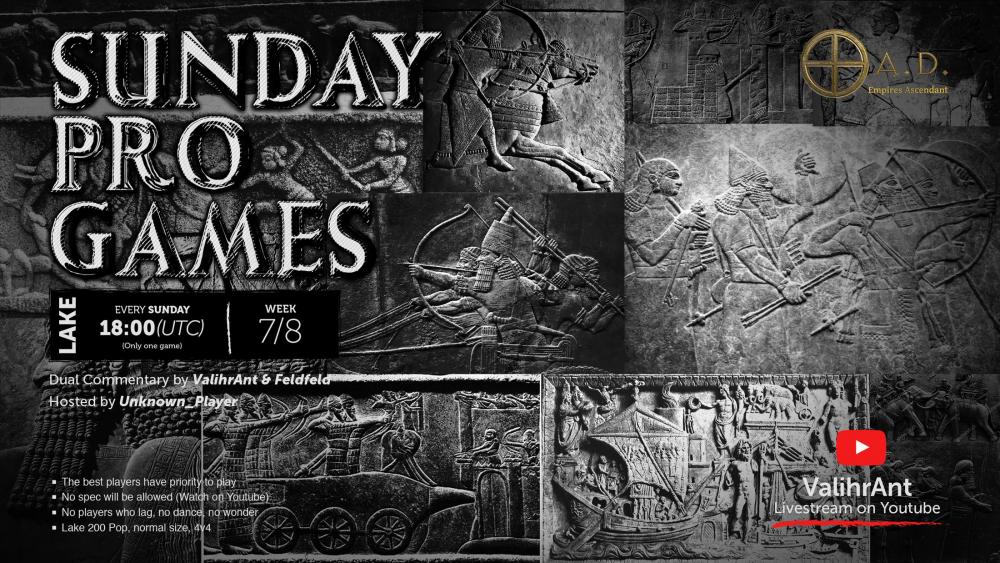

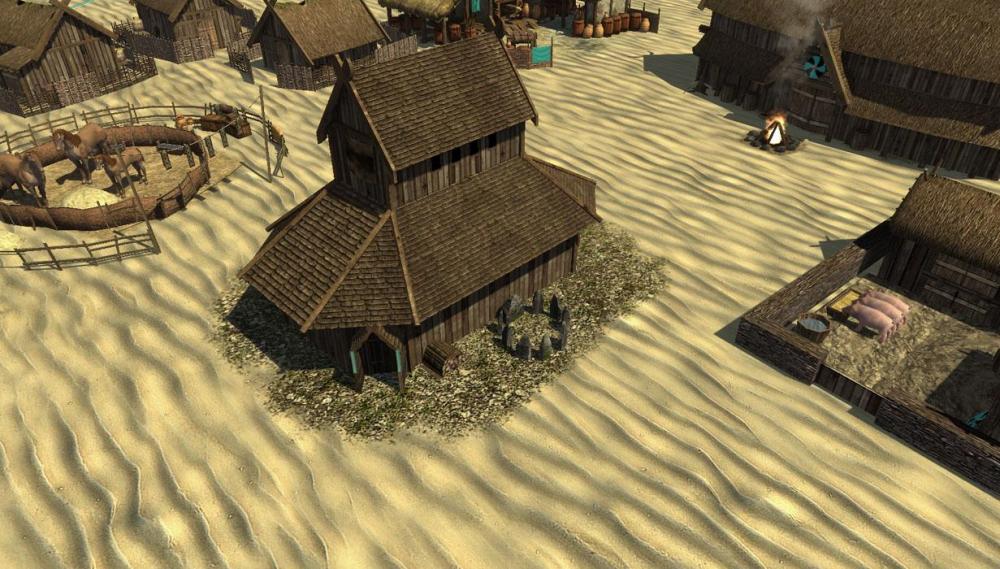
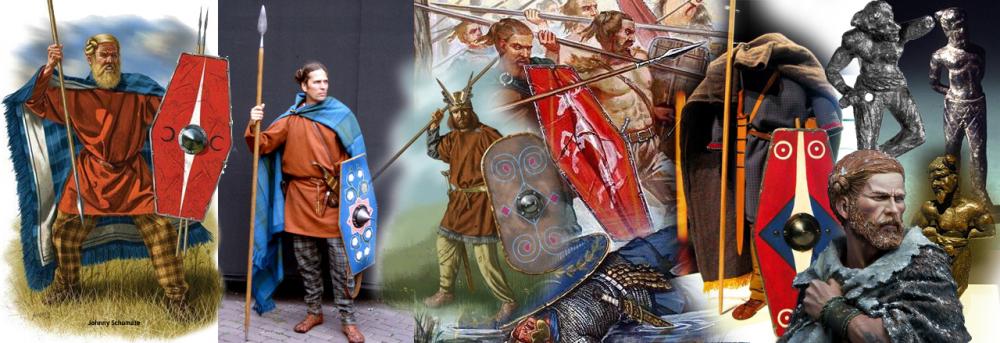





.thumb.jpg.b21ca1d0c15fb56b42c39b25a0a40815.jpg)

.thumb.jpeg.b945993fed9d67d756296f2cb42c4092.jpeg)
